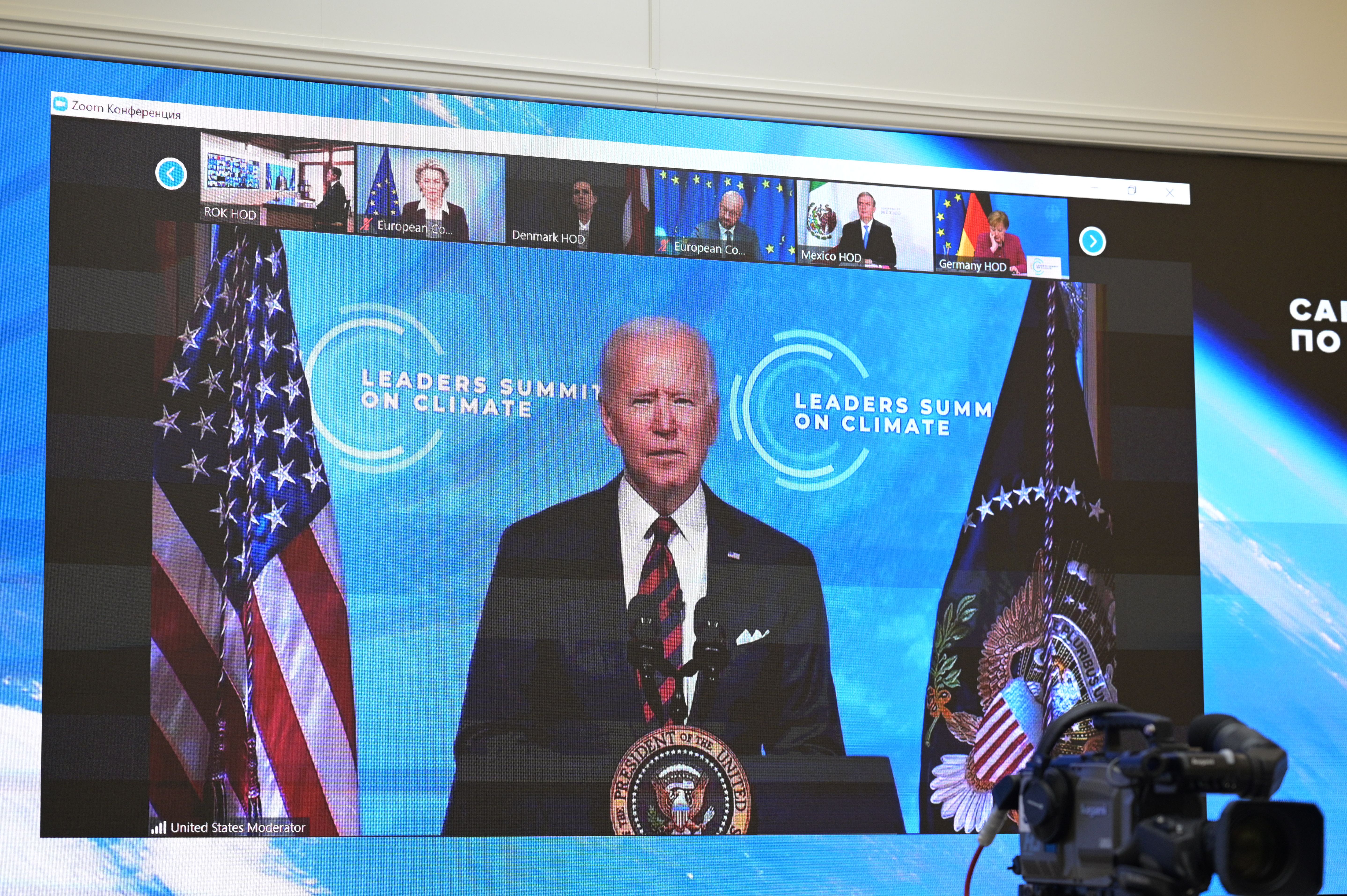Leaders Summit on Climate

What was Biden trying to achieve in calling the summit?
After four years of climate change denial by the Trump administration, the new U.S. president decided to make climate action the main axis of his economic agenda as well as a foreign policy priority. In February this year, the U.S.—historically the top greenhouse gas emitter, now second after China and responsible for 15% of CO2 emissions—has returned to the Paris Agreement. The aim of the summit was to encourage the most important economies in the world to adopt ambitious climate goals. It was also about giving real dimensions to U.S. climate leadership and underlining the credibility and determination of Biden right before the end of his first 100 days in office.
What happened during the summit?
Over a hundred of the most important stakeholders of the fight against climate change took the virtual floor at the summit. While opening the meeting, President Biden presented a long-awaited plan for the U.S. to reduce CO2 emissions by 50-52% by 2030 compared to 2005 levels. A success of the summit was the participation of the Chinese and Russian leaders who, despite the rivalry with the U.S. in other areas, cooperate for the sake of climate protection. In terms of increasing global climate ambitions, in addition to firm declarations on emissions reductions from, among others, Japan, Canada, and South Korea, there were also more cautious statements from leaders of fossil fuel-dependent countries, including Australia, Mexico, Brazil, and Poland. Representatives of small countries called for financial support to mitigate the effects of climate change.
How will the summit affect the preparations for COP26?
All parties to the Paris Agreement are required to announce new emissions reduction targets (NDC) before the November 2021 COP26 summit, yet so far only 52 (including the U.S.) have done so. The example given by Biden offers the chance that other, lagging countries will announce their NDCs, perhaps also increasing their planned emissions reduction targets. The summit made it possible to find out what topics will be the most important on the way to COP26, including during the G7 and G20 meetings. It can be expected that the emphasis will be put on abandoning the use of coal as soon as possible (and natural gas was almost not discussed during the summit), working out support mechanisms for developing countries, creating new green jobs, and increasing innovation.
What does the summit mean for Europe’s climate ambitions?
The commitments that the EU will soon include in its climate law (reducing emissions by at least 55% by 2030 compared to 1990 levels) are slightly more ambitious than the targets announced by Biden. However, the competition for most ambitious is not the goal, rather the effectiveness of global cooperation on climate protection. Hence, it can be expected that the EU and the U.S. will coordinate their efforts to encourage other countries to follow their ambitions. They will be helped by the fact that for many countries the fight against climate change will constitute an opportunity for their post-pandemic recovery by mobilising investments, fostering innovation, and creating new jobs in the clean technology sector. President Andrzej Duda, who participated in the summit, said that for Poland most important is that while these green deals are ambitious, they must also include a just transition.


